The Plastic We Live With / El plástico con el que vivimos. Mumbai 2023

.

.

.
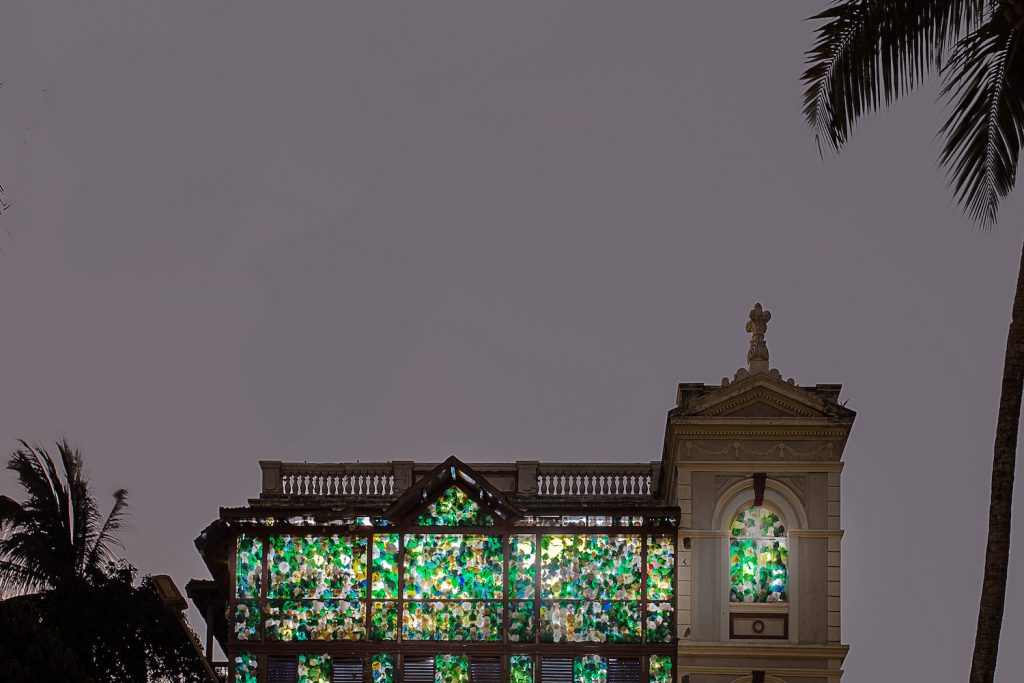
.

.

.
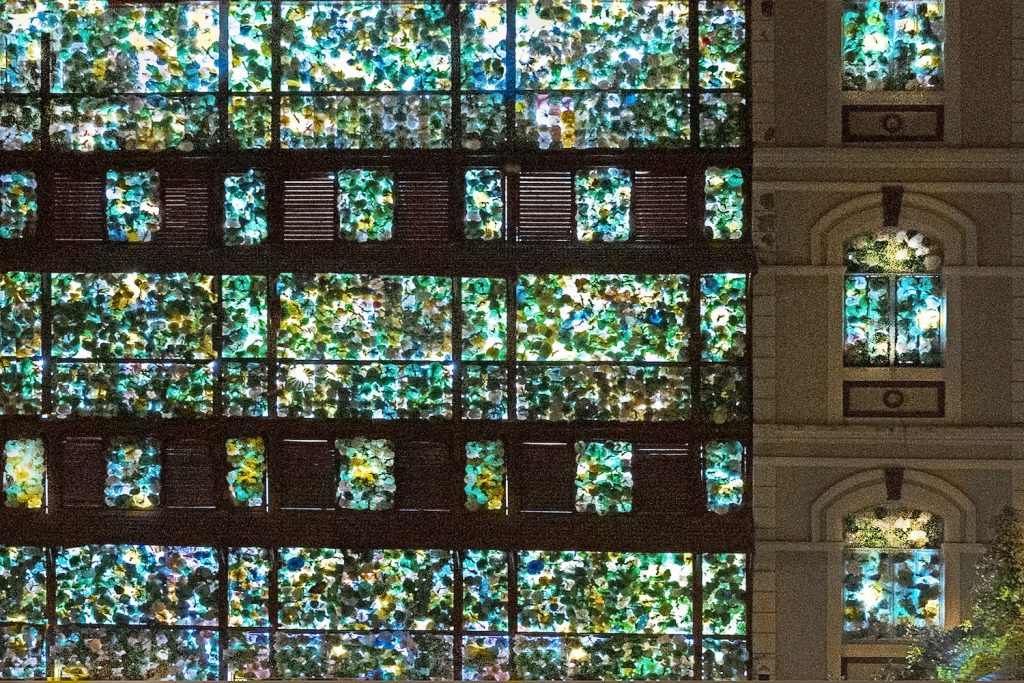
.

.

.

.

.

.

.

.

.

.

.
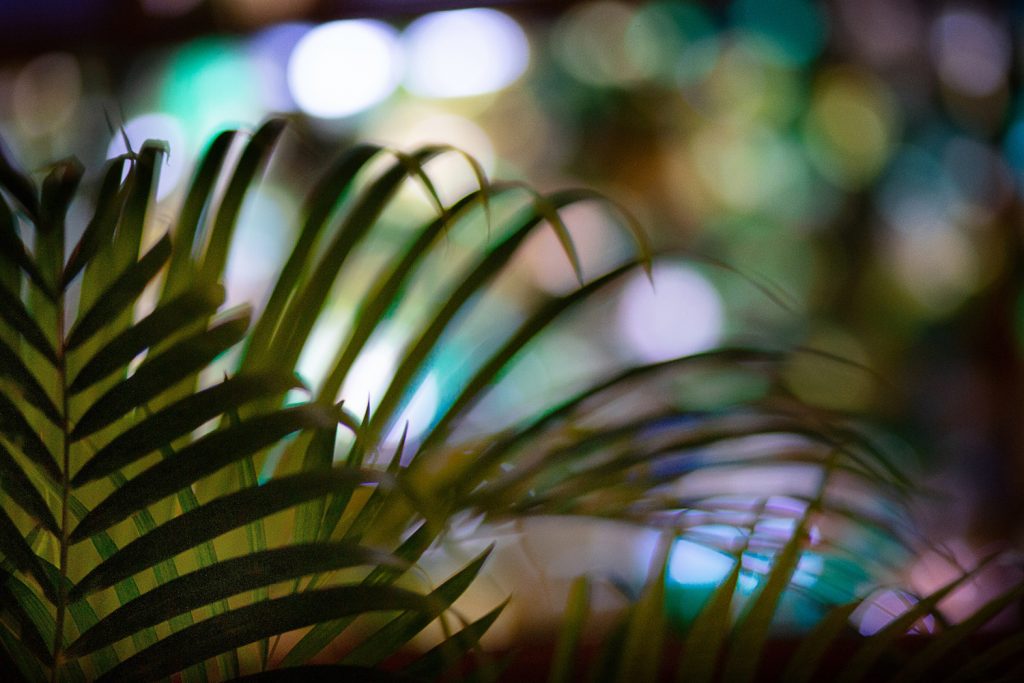
.

.

.

.

.
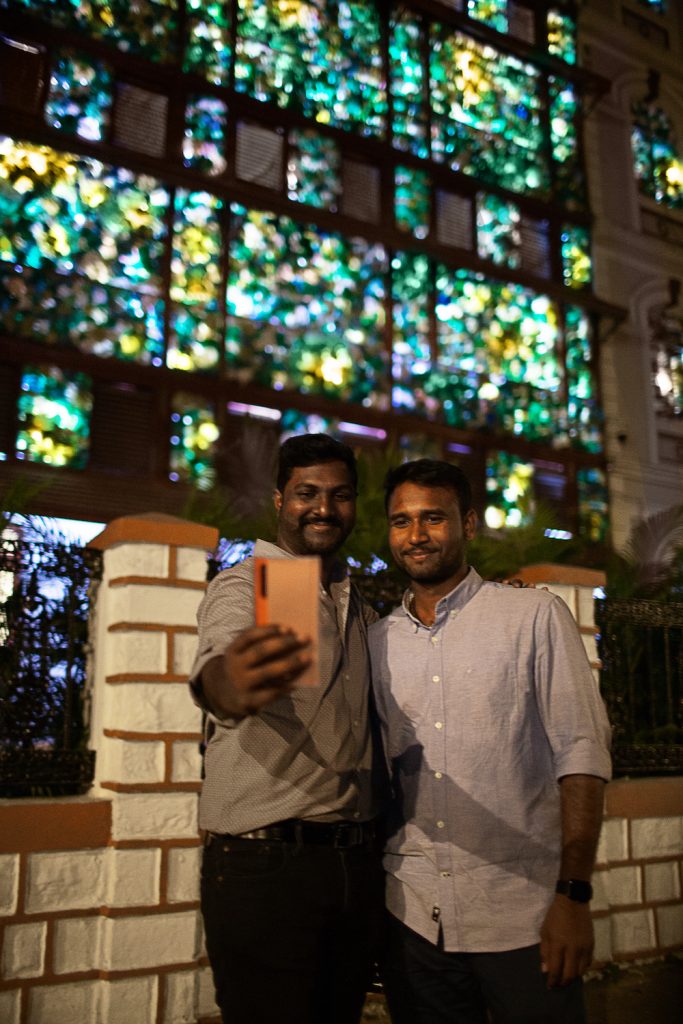
.

.

.

.

.
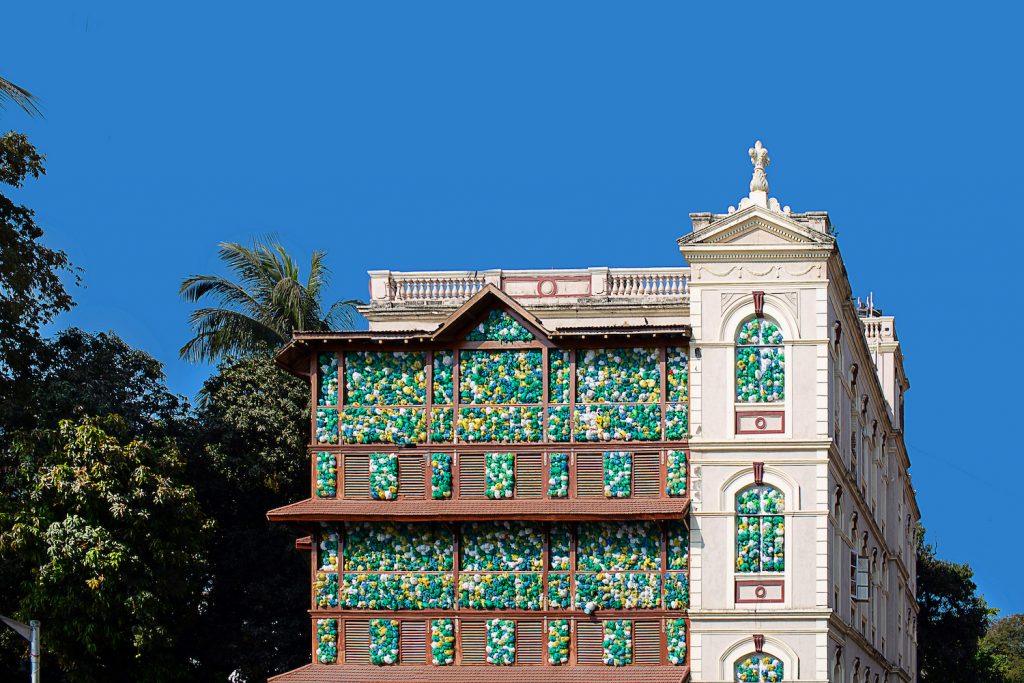
.

.
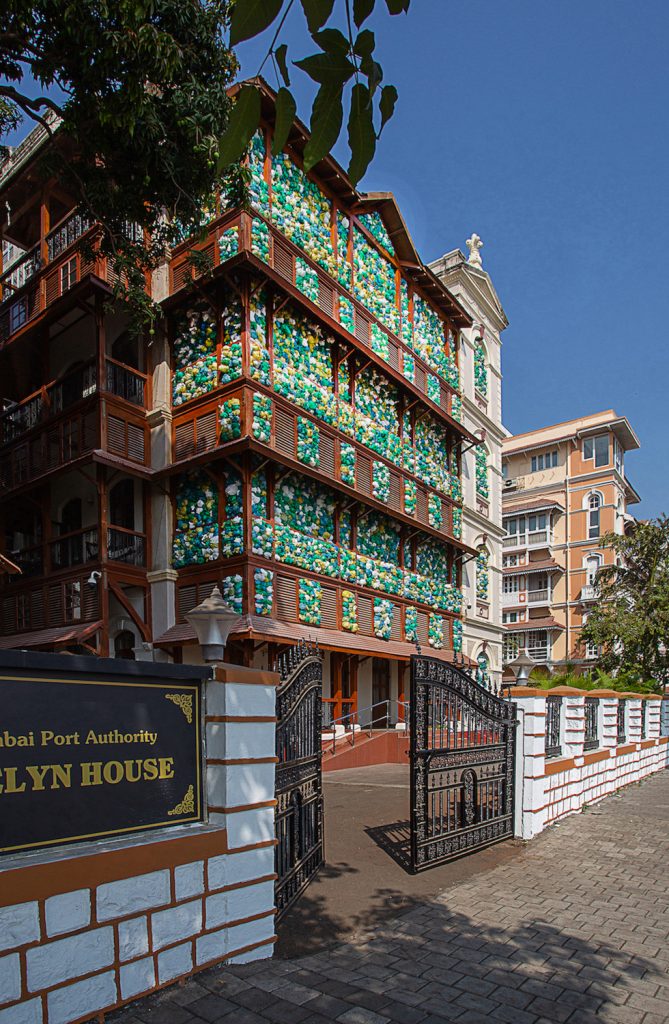
.
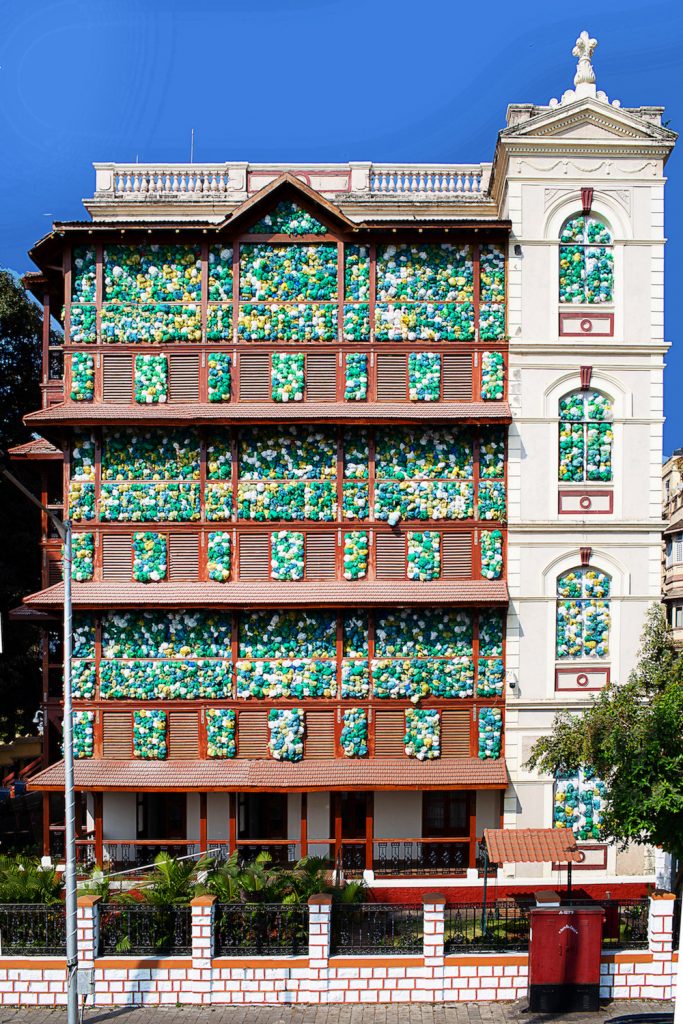
.

.

.

.
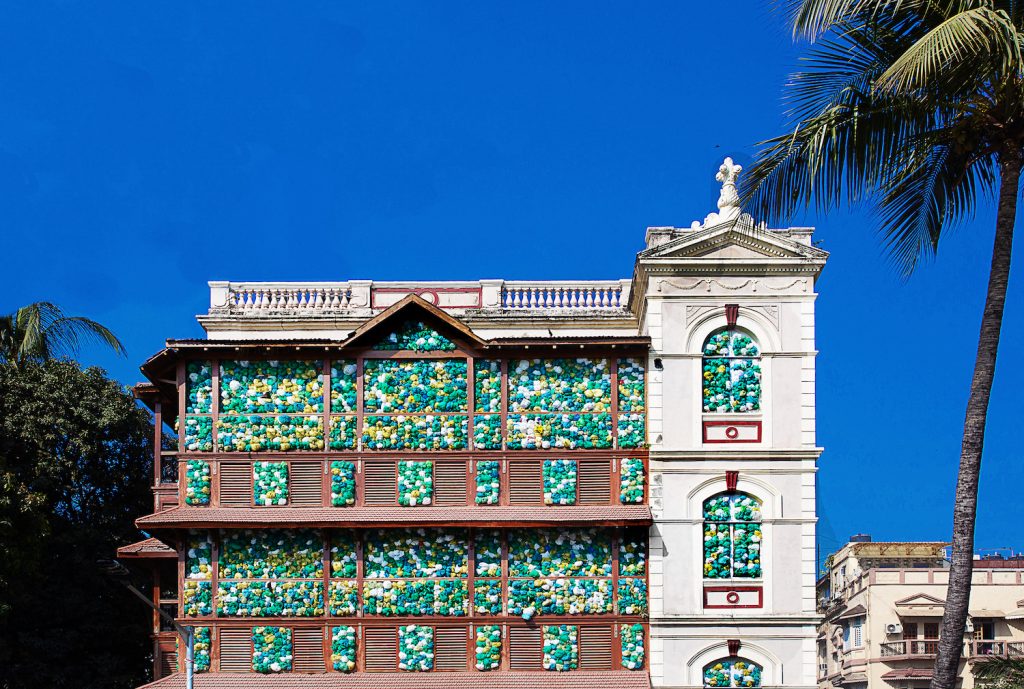
.
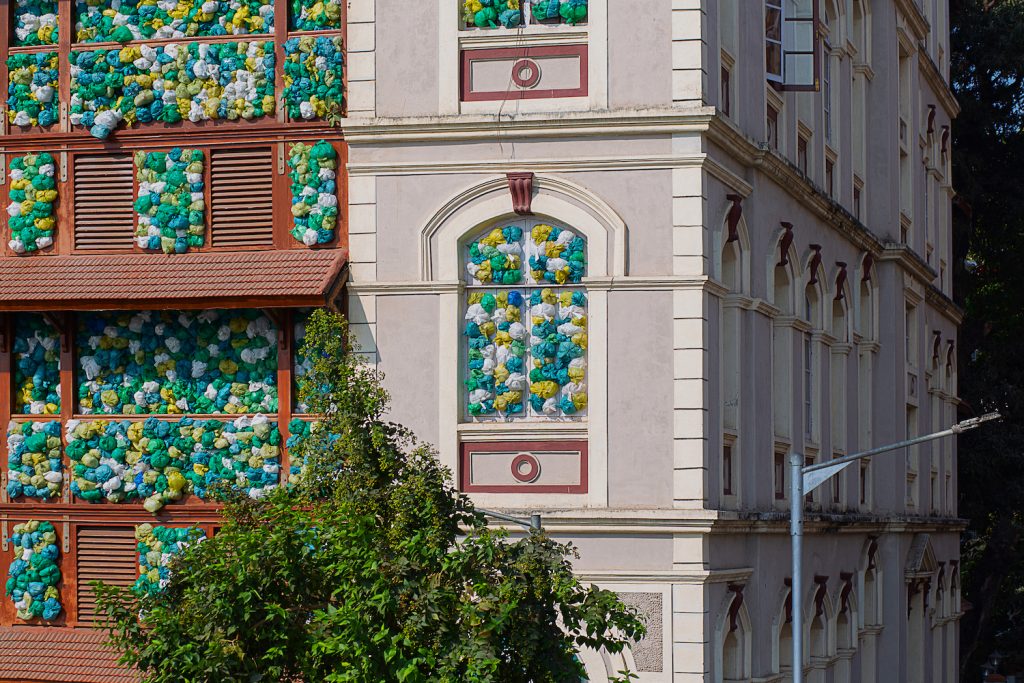
.

.

.

.

.

.

.

.

.

.

.

.


.

.

.

.

.

.

.

.

.
Last January, we were invited to the Mumbai Urban Art Festival (MUAF) to carry out our piece The Plastic We Live With.
We wanted to graphically show the excess of plastic that is around us, a recurring issue in our work and in life, since almost everything we consume is made of it or wrapped in it or we eat it in the tiny particles found in meat and fish, not to mention the fact that it is also in the air we breathe.
There seems to be a general agreement on the fact that recycling is not enough to put a stop to this problem. Governments around the world are working on bringing its consumption to a minimum. One of the first steps has been to ban the use of non-recyclable bags and plastics at shops, which have been replaced with paper bags or bags made of biodegradable materials.
India’s government has recently banned them so it was easier for us to collect the bags that we needed to complete our piece. We got them through a public announcement made by the Mumbai First team who managed to collect more than 8,000 units through donations from neighbors and local businesses. To our surprise, plastic bags in India were not printed so the color range was not very rich. However, this was not a setback but rather gave the piece a more sober ‘organic’ look compared to past occasions.
We used them to intervene the Evelyn Guesthouse facade, completely filling the big gaps of its facade until producing the effect that the plastic was overflowing the building.
Although it was a light installation, it could also be enjoyed during the day. Its unhealthy appearance stood in shrill contrast with the magnificent luxurious facades of the Colaba district, something that really caught the eye of passers-by. At night, as they were illuminated from the inside, the windows looked as if they had been covered by a strange fluorescent toxic plastic vegetation.
The piece remained installed for 5 days, time during which it was visited by a huge number of locals. This was so thanks to the festival’s announcement.
We want to thank all the people whose hard work helped us get into the festival and set up this large piece. First off, to the 50 volunteers and workers who helped us and shared their time and experience with us.
To the festival’s extraordinary team: Julia, Rhea, Thomas, Arjun, Summet, Sohil, Akmal… Special thanks to María and RItesh who managed everything with utmost professionalism. We also want to thank the sponsors who were always by our side and the hotel staff who took care of us with great kindness.
Thanks to Melisa Hernández @meihache for her photoreport.
We are already dying to go back!!!!.
Time of installation: and installation: 8 days.
Damages: none.
Exhibition time: 5 day.
—————————————
El pasado mes de enero, fuimos invitados por el festival de arte urbano MUAF, a Mumbai para llevar a cabo nuestra pieza «El plástico con el que vivimos».
La idea es visualizar gráficamente, el exceso de plástico que nos rodea, un tema recurrente en nuestro trabajo y en la vida, ya que prácticamente todo lo que consumimos, está hecho de este material o va envuelto en él o nos lo estamos comiendo en minúsculas partículas que se encuentran en la carne y el pescado, por no mencionar que también lo respiramos.
Parece que hay consenso en que reciclar no basta para atajar el problema, y gobiernos de todo el mundo están tomando medidas para reducir en lo posible su consumo. Una de las primeras ha sido prohibir el uso de bolsas y plásticos de un solo uso en el comercio, que son sustituidas por otras de papel o de materiales biodegradables.
El gobierno de India recientemente ha prohibido su uso, lo que nos ha puesto más fácil recolectar las bolsas que necesitábamos para completar nuestra pieza, y que conseguimos gracias a una convocatoria pública llevada a cabo por la organización Mumbai First que llegó a recolectar mas de 8.000 unidades de los vecinos y de las donaciones de almacenes y tiendas de toda la ciudad que ya no las pueden usar. Para nuestra sorpresa las bolsas de plástico en la india no se imprimían y la gama de colores tampoco era muy variada lo cual, lejos de ser un impedimento, le dio a la pieza un aspecto mas sobrio y “natural” que en anteriores ocasiones.
Con ellas intervinimos la fachada del Evelyn Guesthousee, llenando completamente los grandes huecos de su fachada hasta conseguir que pareciera que el plástico desbordaba completamente el edificio.
A pesar de ser una instalación de luz, también se podía disfrutar de día y su aspecto insano contrastaba con las magnificas y lujosas fachadas del barrio de Colada llamando poderosamente la atención de los transeúntes. De noche, iluminadas desde el interior, las ventanas parecían cubiertas por una extraña vegetación plástica fluorescente y tóxica .
La pieza permaneció instalada 5 días, en la que fue visitada por un grandísimo numero de ciudadanos, gracias al poder de convocatoria del festival.
Queremos dar las gracias a las personas que han puesto todo su empeño para que hayamos podido participar en el festival y montar esta gran pieza. Primero por supuesto a los más de 50 voluntarios y trabajadores que nos han ayudado y compartido tiempo y experiencia con nosotros.
Al extraordinario equipo del festival, Julia, Rhea, Summet, Sohil… y especialmente a María y a RItesh que gestionaron todo con la mayor profesionalidad. También agradecer a los patrocinadores, que siempre estuvieron cerca de nosotros y a todo el staff del hotel que nos atendió con la mayor amabilidad.
Gracias a Melisa Hernández @meihache, por el reportaje fotográfico.
Ya estamos deseando volver!!!!
Tiempo de montaje: 8 días.
Daños ocasionados: 0.
Permanencia de la intervención: 5 días.

.

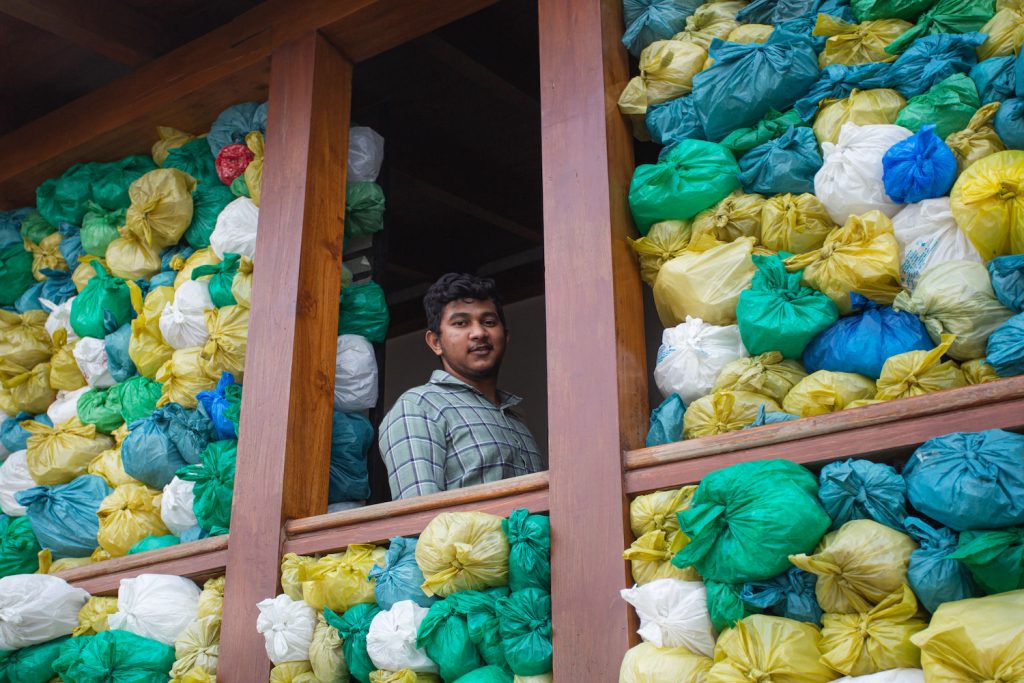

.

.

.


.
